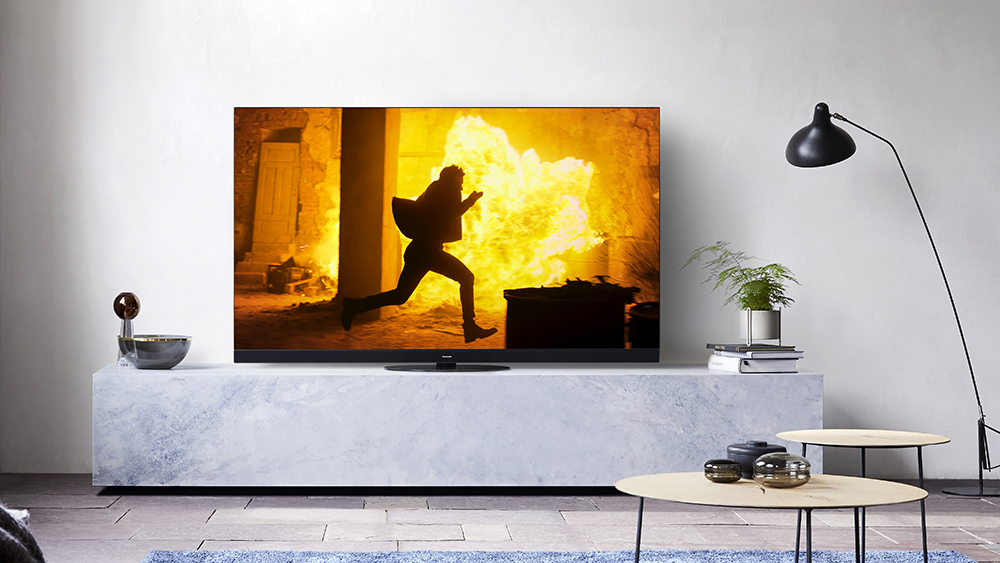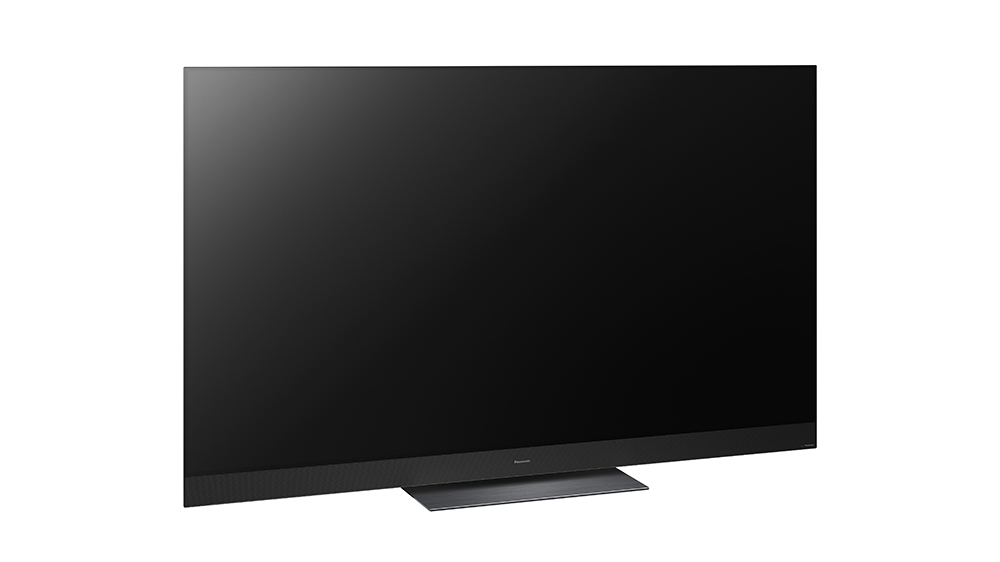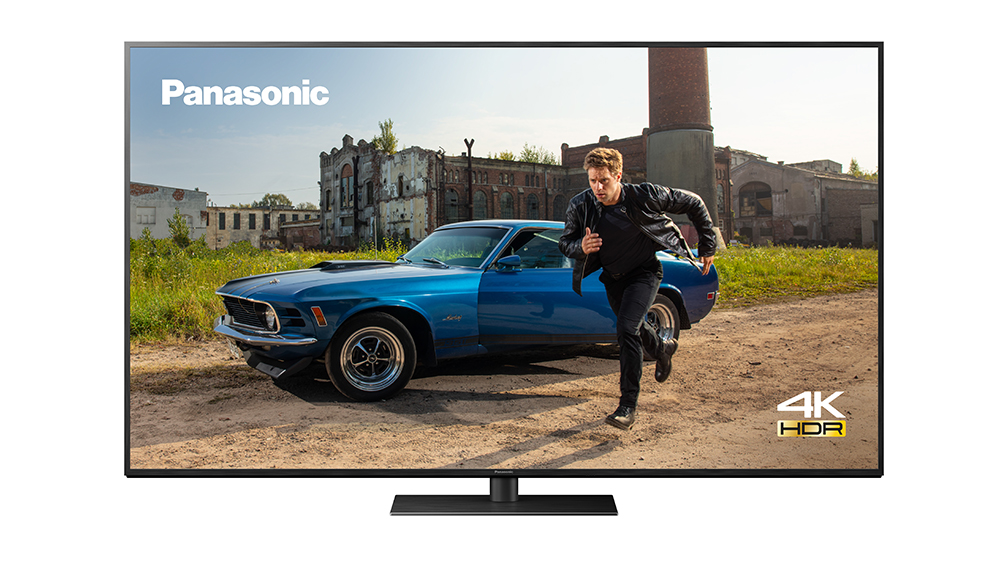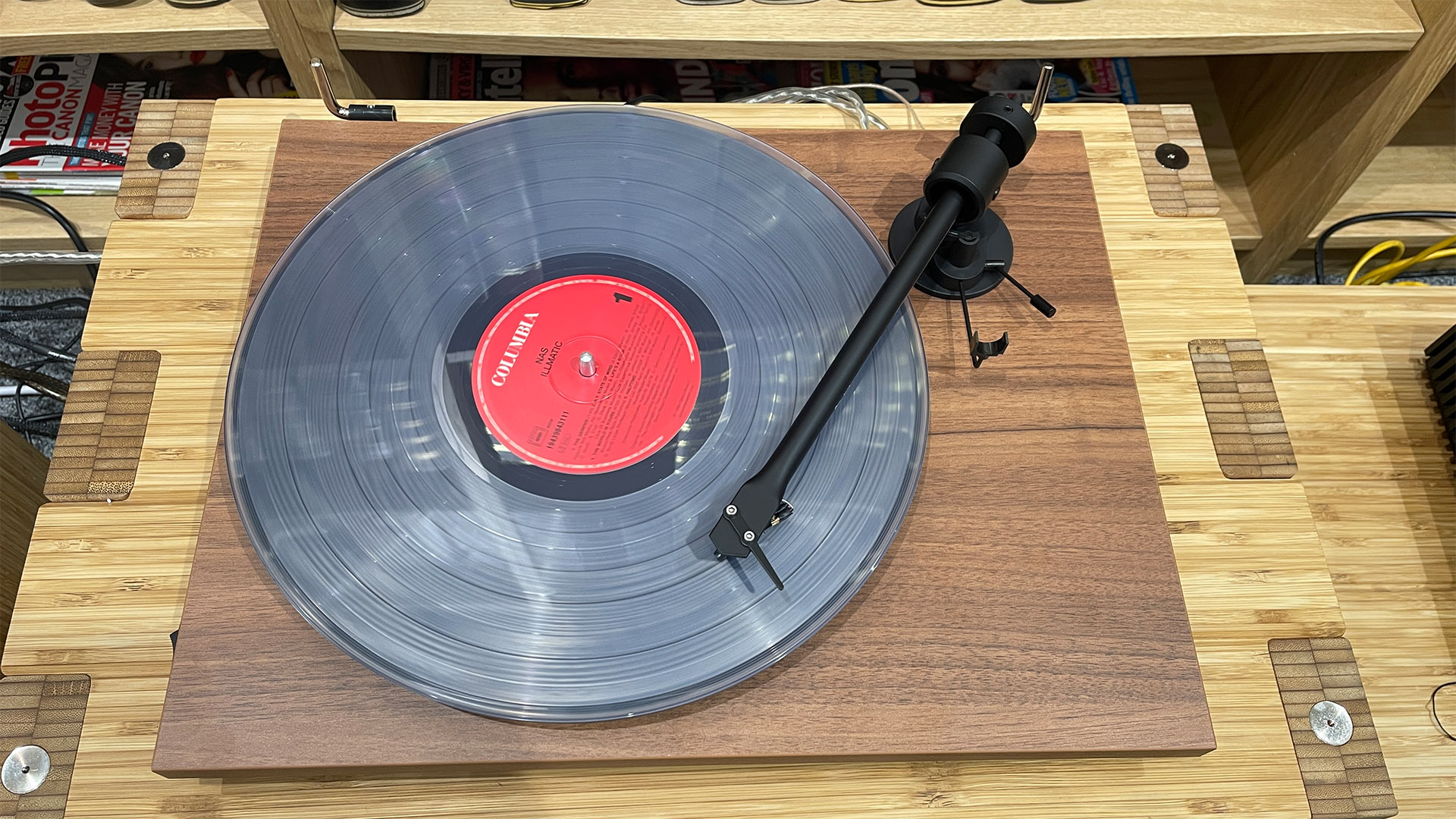Panasonic details full OLED and LCD TV line-up for 2020
Six OLED and 13 LCD models – all supporting Dolby Vision, HDR10+ and Dolby Atmos

Following the unveiling of its flagship 2020 OLED TV at CES 2020, the HZ2000, Panasonic has now revealed the rest of its 4K OLED and LCD line-up.
When Panasonic rolled out the HZ2000 in January, it introduced us to two new industry-wide TV features. The first was Dolby Vision IQ, which works to optimise Dolby Vision content on your TV according to the brightness of the room. And the second was Filmmaker Mode, which overrides a TV's processing (such as motion smoothing and detail enhancement), allowing content to be displayed at the aspect ratio, colour and frame rate intended by the content’s creator.
While other TV brands also pledged support for the two technologies, Panasonic was keen to point out its unique application of Filmmaker Mode, which adds ‘Intelligent Sensing’ to dynamically adjust the luminance level of an HDR10+, HDR10, HLG or SDR picture based on the lighting in your room.
Today, we’ve learned that these two technologies aren’t exclusive to the top-tier HZ000 range in Panasonic's TV line-up this year. Panasonic has now announced two further OLED TV ranges, both of which support Dolby Vision IQ and Panasonic's enhanced version of Filmmaker Mode. The Japanese giant has also lifted the lid on its 4K LCD TVs for the year.
Six-strong OLED line-up
The HZ1500 (pictured, top) and HZ1000 arrive beneath the HZ2000, replacing last year’s GZ1500 and GZ1000 respectively. Like their sibling, both ranges support Dolby Vision HDR, HDR10+, HLG/HLG Photo and HDR10, and have been fine-tuned by Hollywood colourist Stefan Sonnenfeld. Certification for UHD Premium – the industry’s leading 4K certification program – is on the horizon, too.
All three OLED series come in both 65in and 55in screen sizes, making Panasonic’s 2020 OLED line-up – quick maths – six-strong.
While the HZ2000 is the only range to utilise a bespoke Master HDR OLED Professional Edition panel, exclusively customised by Panasonic’s R&D engineers and promising 20 per cent higher peak brightness capability over the one found in the HZ1500 and HZ1000, all three are powered by the brand’s most powerful ever processor, the HCX PRO Intelligent.
Get the What Hi-Fi? Newsletter
The latest hi-fi, home cinema and tech news, reviews, buying advice and deals, direct to your inbox.
Fittingly, in time for the Tokyo Olympics 2020, motion handling has been further improved on this year’s OLEDs thanks to a more complex implementation of black frame insertion. While typically OLED TVs using this technique insert a black frame in between each frame of moving content, the new Panasonic OLEDs dynamically adjust the duration of the black frame to find a ‘sweet spot’ to ultimately, Panasonic says, enhance smoothness while reducing the flicker effect.
Those similarities with, and improvements over, Panasonic’s 2019 OLED picture performance certainly bode well for the newcomers considering how enthusiastically we praised the 2019 55in and 65in GZ2000 models in recent reviews.

Whereas the GZ2000 was the only range of last year’s three to boast built-in upward-firing drivers for delivering Atmos soundtracks, this year that feature extends further down the line to the HZ1500. While the flagship boasts Panasonic’s Tuned by Technics, 360-degree Soundscape Pro audio system, which can output 140 watts of power, the HZ1500’s 360-degree Soundscape arrangement outputs 80 watts.
Panasonic is always keen to point out its OLED TVs are used in studios and post-production houses throughout the world, and in its 2020 OLED TVs Panasonic has included two new features based on requests from the post-production community in Hollywood and beyond.
To provide more flexibility to the post-production companies using Panasonic OLEDs, Panasonic has included two new features on its sets. Firstly, users can now turn off tone-mapping – essentially how the TV handles HDR highlights that are too bright for it to display – in the menus, giving professionals more scope to work on the source content right the way up until it hits the native brightness of the panel.
And secondly, Panasonic has introduced the “world’s lowest” calibration points at 1.3 percent and 0.5 percent, so that professionals (and enthusiasts) can achieve a more nuanced transition from true black to just above black.
Three LCD series all support Dolby Vision and Atmos

Panasonic’s 2020 TV line-up wouldn’t be complete without LCD TVs, and to that end there are three new core 4K LCD TV series for 2020.
The HX940 (43in, 49in, 55in, 65in and 75in), HX900 (43in, 49in, 55in and 65in), and HX800 (40in, 50in, 58in and 65in). All three ranges support Dolby Atmos, as well as an impressive roster of HDR formats: Dolby Vision, HDR10+, HDR10 and HLG. The HX900 adds to that HDR Cinema Display, which delivers increased brightness.
The HX940 represents the company’s pinnacle LCD performance, with a faster (100Hz) screen refresh rate, and the HCX PRO Intelligent processor (as opposed to a HCX one) for optimising colour and contrast performance. Panasonic’s Local Dimming Intelligent Pro is also onboard to improve contrast by adjusting the backlight and LCD shutters themselves – essentially mimicking the operation of thousands of virtual local dimming zones.
Check back soon for pricing and availability of Panasonic's 2020 4K TV line-up.
MORE:
5 key highlights from Panasonic and Technics at CES 2020
Becky is the managing editor of What Hi-Fi? and, since her recent move to Melbourne, also the editor of the brand's sister magazines Down Under – Australian Hi-Fi and Audio Esoterica. During her 11+ years in the hi-fi industry, she has reviewed all manner of audio gear, from budget amplifiers to high-end speakers, and particularly specialises in headphones and head-fi devices. In her spare time, Becky can often be found running, watching Liverpool FC and horror movies, and hunting for gluten-free cake.
-
no-name-123 Philb don't be an oik, just buy the nearest to 48 inches you won't be able to see the differenceReply

